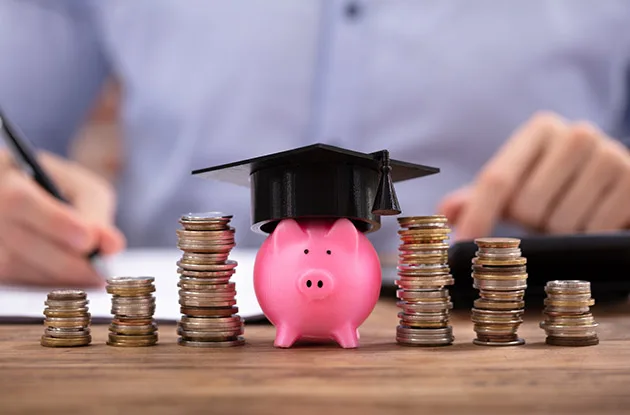Students with ADHD often struggle in school. They tend to lose papers, forget to turn in assignments, and have weak overall executive functioning skills. While they may be bright, these organizational weaknesses can bring down their grades and overall performance in school. Help your ADHD child thrive academically with the strategies detailed below.
Use a planner
ADHD students often think they can remember all of their assignments without writing them down. While this memory-based approach may work for the early years of school, it becomes increasingly hard to do, especially as students approach upper elementary school. To make sure your child doesn’t miss any assignments, encourage him to consistently use an assignment book. While paper books work well, he can also use a computer or phone-based planner. On a daily basis, it is important that he writes down (or types) all tasks that are assigned, even if his school uses an online portal. He should add any after school activities, sports games, or other non-academic events, making his planner the central point for all of his obligations.
Break down studying into chunks
Studying for a multi-chapter science test, completing a research project, or learning pages of information for a quiz can seem like insurmountable tasks to students with ADHD. You can help your child feel less frustrated and more in control of her workload by encouraging her to break down each task into smaller chunks. For instance, if she has a history test covering 18 pages of class notes and 3 book chapters, help her spread out her studying over one full week by perhaps spending two days studying one book chapter and six pages of notes, the next two days studying the second book chapter and six additional pages of notes, and the subsequent two days studying the final chapter and six more page of notes. On the final day she can focus on reviewing all of the material, breaking down a seemingly daunting task into seven manageable days of studying for smaller increments of time.
Identify your child’s learning style
Each child with ADHD learns differently. Some prefer silence when studying and work best at a quiet desk in their bedroom. Others prefer a slight buzz in the background, like white noise or soft music playing. Some learn best with movement – rocking on a rocking chair while studying, for instance, or throwing a ball as they define vocabulary words. The key is identifying the style that best suits your child and sticking with it.
Find an optimal study time
Some ADHD children work best immediately after school when they are still in “school mode.” They may feel relieved by completing their assignments and “geting them over with” so they can move onto non-academic activities. Others feel fried by the end of the school day and need a break before starting their homework or studying. For these children, a snack and some physical activity before sitting down to work is more optimal. Many students, especially older ones, work best later in the day, thriving on that post-dinner rush. Generally, however, encouraging your child to plan out and prioritize his work as soon as he comes home can help make sure critical work isn’t overlooked or pushed to the very last minute.
REALTED: Find More Special Needs Resources
Avoid Distractions
Children with ADHD tend to be easily distracted by almost anything going on around them. To minimize distractions, try to implement household rules during studying time, such as “No TV” or “No Electronics.” You can also build in rewards for earning these banned activities. For instance, if your child completes one hour of focused school work, he can earn 10 minutes of electronic time. This reward system may motivate your child to stay on task and complete his school work.
Use Active Studying Techniques
Activing reading strategies can help your ADHD child stay focused and remember the material she is learning. Try a tri-colored strategy for helping her learn material from a text book, rather than simply reading a chapter from start to finish. Before reading, have her peruse the chapter for pictures, captions, headers, and subheaders to give her an overview of the material. Then have her highlight the topic (one, two, or three words describing the passage) in blue. Next, she should move through the sections one sub-section at a time, highlighting the main idea of each sub-section in green (what the author is saying about the topic) and the important details in yellow. Once she is done with the chapter, she can create a two-column study guide, writing the topic at the top, main idea of each sub-section on the left, and the important details using bullet points on the right. This technique will help her actively learn the material and effectively plan for an exam.
As students progress through school, the executive functioning, organizational, and studying demands increase exponentially. Teach your child these organization and executive functioning strategies and he will be well on his way to academic success.
Sign up for our newsletter to receive more articles like this.





















